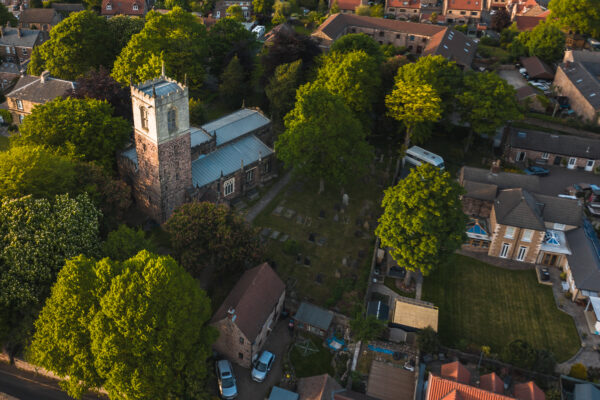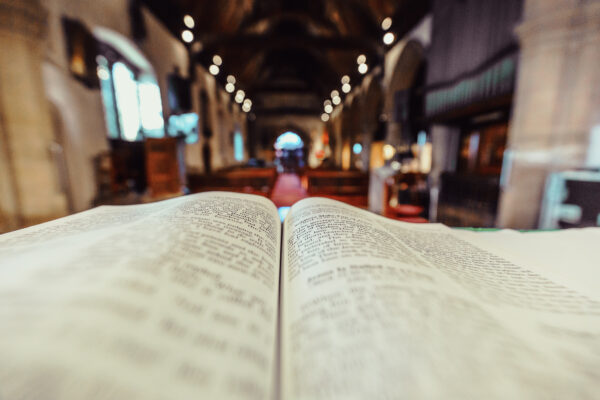Sunday 26th May
Year B, Trinity Sunday: Gold or White
Readings:
- Psalm 29: 1-11
- Isaiah 6: 1-8
- Romans 8: 12-17
- John 3: 1-17
Background
We all say the creeds in one form or another very regularly. Here is a link to the versions authorised in the Church of England. But how often do we stop and think about the words? Well Trinity Sunday is a time to do just that. Today is focused on the mystery of the triune God, i.e. Father, Son and Holy Spirit and how God can be both three and at the same time one.
The Trinity is not fundamentally biblical as neither the word nor explicit doctrine can be found in scripture. (Although it might be constructed using certain passages.) Its origin is rather in how the church came and continues to understand, in the context of the shared monotheism of Judaism, Christianity and Islam, how Jesus can be said to be divine. This was fought over (sometimes literally!) at various Councils in the early church.
The arguments were concerned with how God, Jesus and then later the Holy Spirit might be said to be as one, i.e. co-equal, co-eternal and of the same being, essence and/or substance. The debates got very convoluted, hence our rather complex creeds.
Personally, I am not convinced we can know any of it, especially not with the certainty that rhetoric engenders. I am also left wearied by the hierarchical and patriarchal nature of the questions and proposed answers.
I am more persuaded by the approach of mystics on the matter (no pun intended). Basically, their argument runs, don’t try and divide one into three. Rather, recognise that relationality is the deepest nature of the one. And more recently John Macquarrie, who offers another dynamic rather than static explanation; God as primordial Being, expressive Being and unitive Being.
At the end of the day, it is a mystery!
So pity the poor preacher on Trinity Sunday as we hover between history lesson and metaphor; knowing that while history was no doubt true to those who recorded it at the time, it offers a limited perspective, and as Richard Rohr reminds us in his brilliantly titled section ‘Metaphors be with you’, metaphors may carry us from one place of understanding to another, but always with a limp!
Perhaps poetry?
I bind unto myself today
The strong Name of the Trinity,
by invocation of the same
The Three in One and One in Three.
Christ be with me,
Christ within me,
Christ behind me,
Christ before me,
Christ beside me,
Christ to win me,
Christ to comfort and restore me.
Christ beneath me,
Christ above me,
Christ in quiet,
Christ in danger,
Christ in hearts of all that love me,
Christ in mouth of friend and stranger.
I bind unto myself the Name,
The strong Name of the Trinity,
By invocation of the same,
The Three in One and One in Three.
St Patrick’s Breastplate (Shortened version)
A question
As you know, I will be moving on in the summer and we are wondering what to do about this blog. It began as information about the coming Sunday’s readings and liturgical colours. However, it has kind of grown over time. (The next one will simply be information for the month of June.)
It might have run its course, but it is possible that others might be interested in taking the teaching / reflections on. With this in mind it would be really great if you could let Rachael (Rachael.williams@sheffield.anglican.org) know what you would find useful from it going forward.
Final Blessing
At time of writing, we have 105 amazing authorised Focal Ministers and I am feeling really bereaved at the thought of leaving you all. Thank you so much for your kindness and all that you have taught me.
May God who is Beyond Us, Among Us and Within Us
Bless you and your ministry!



